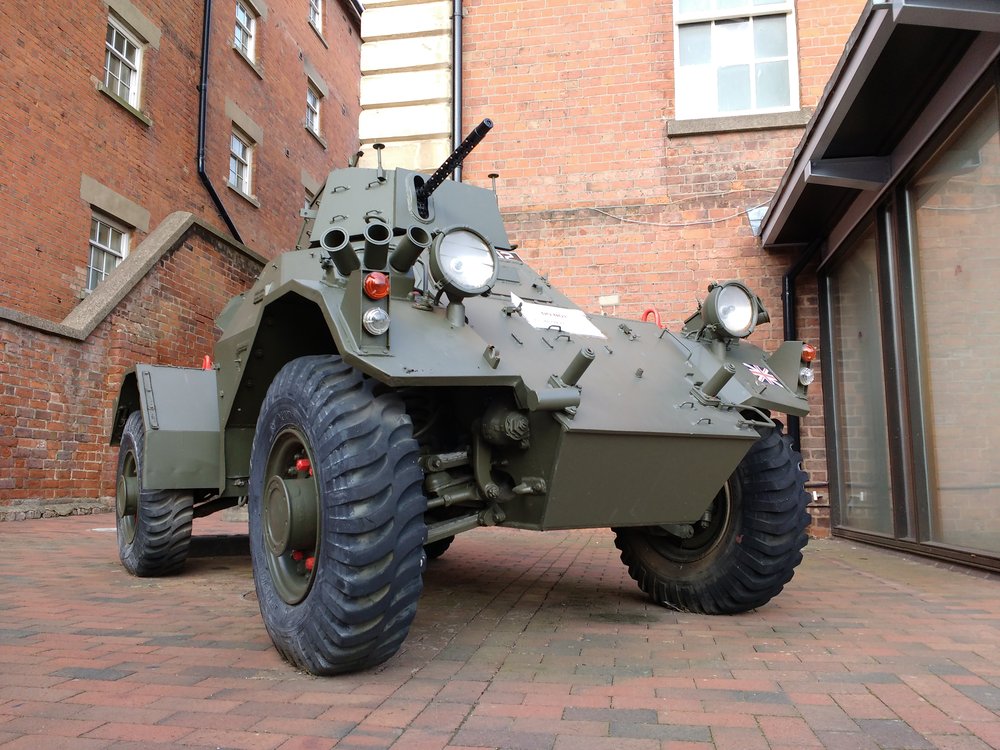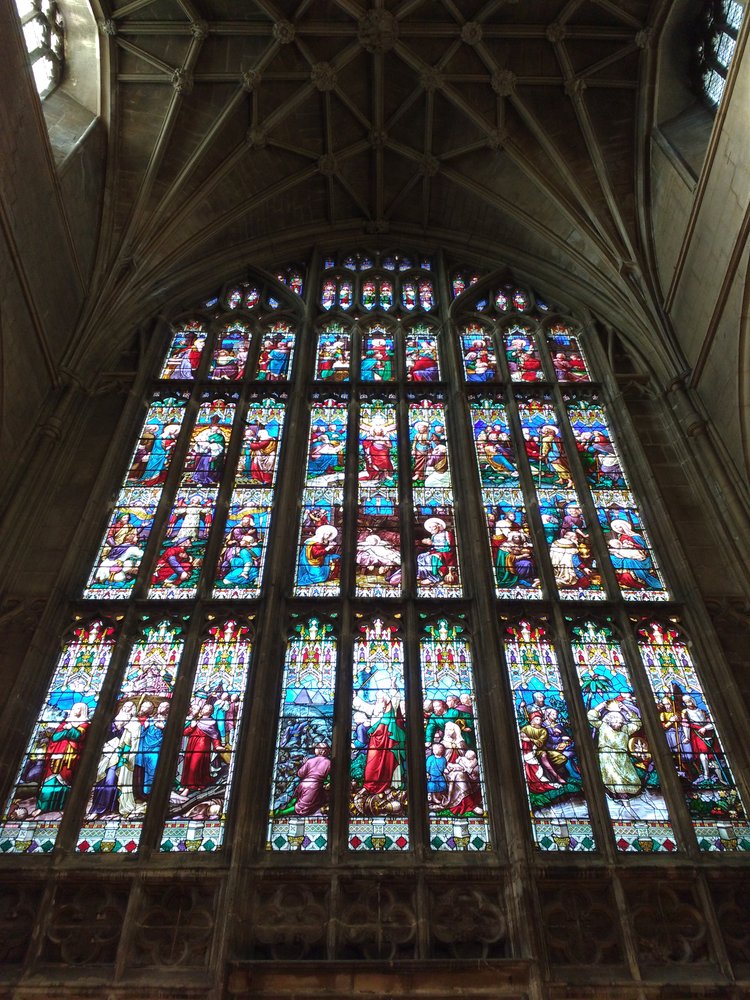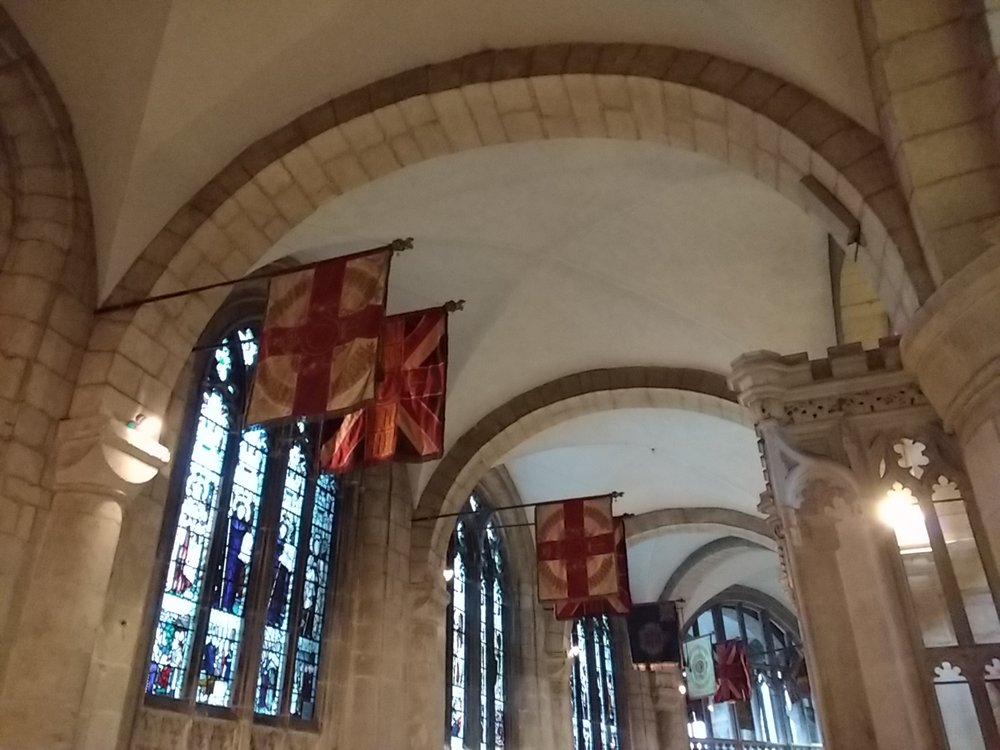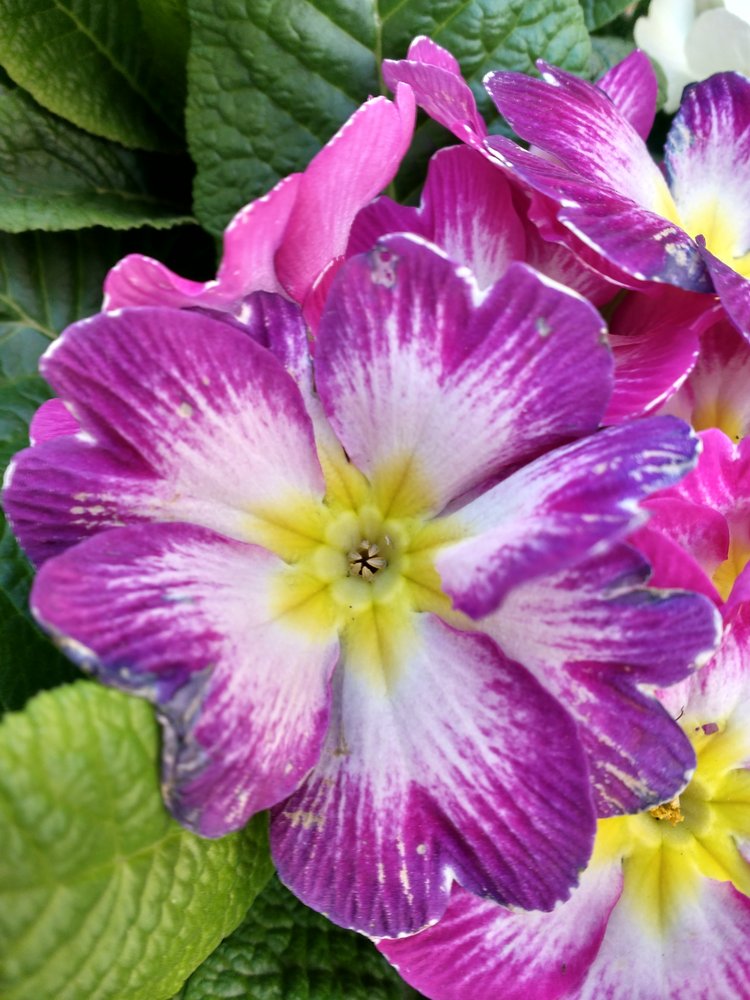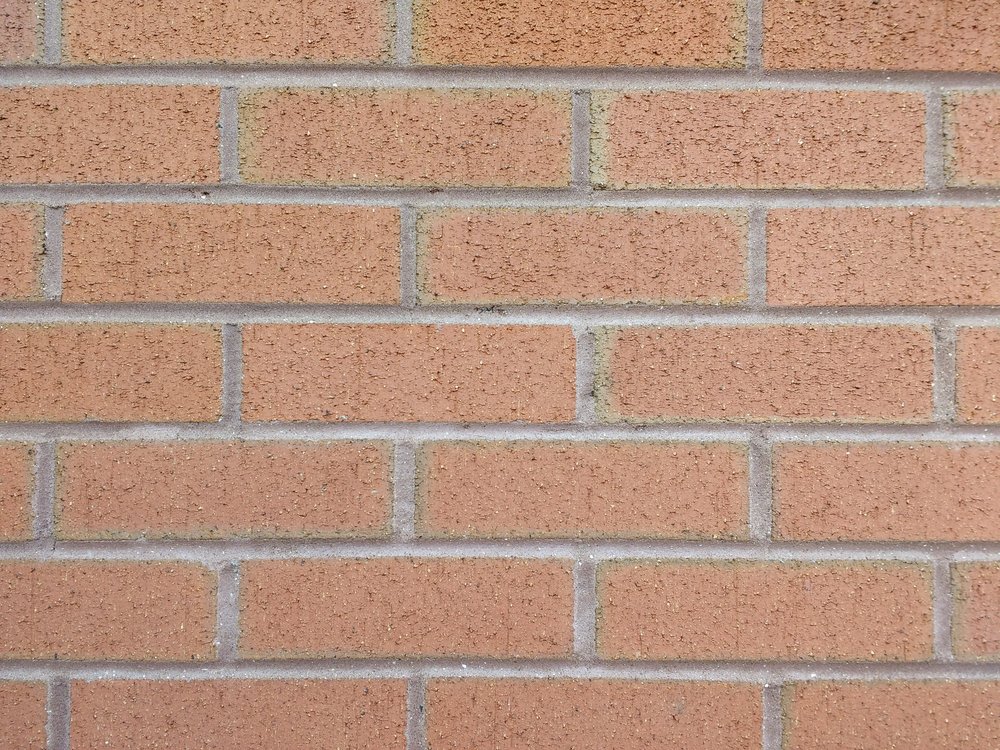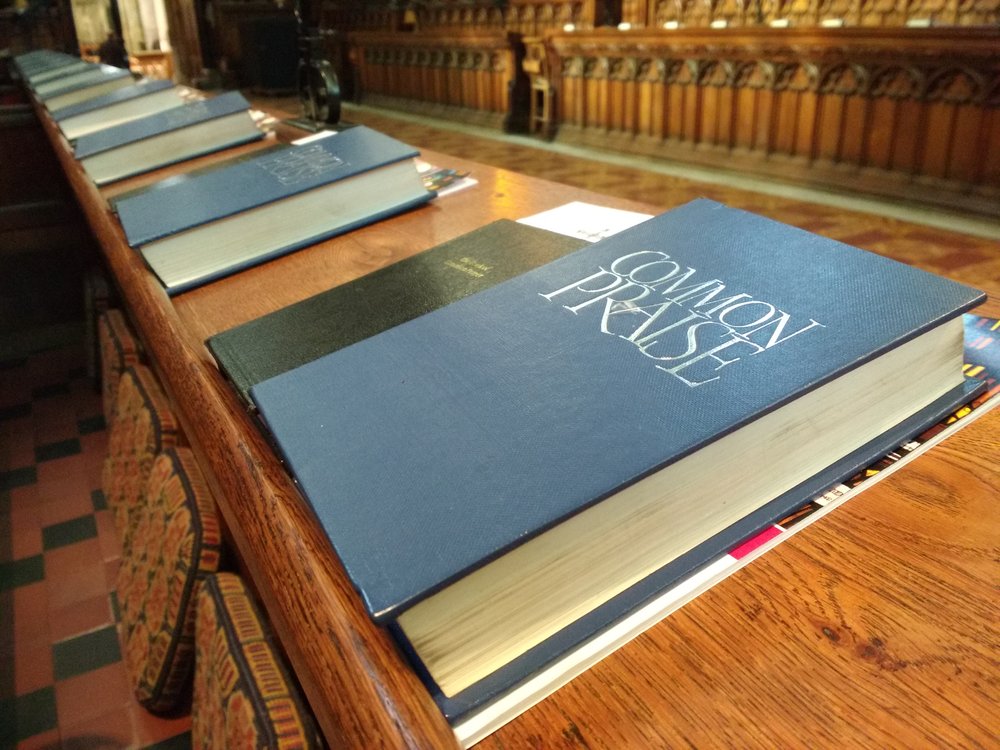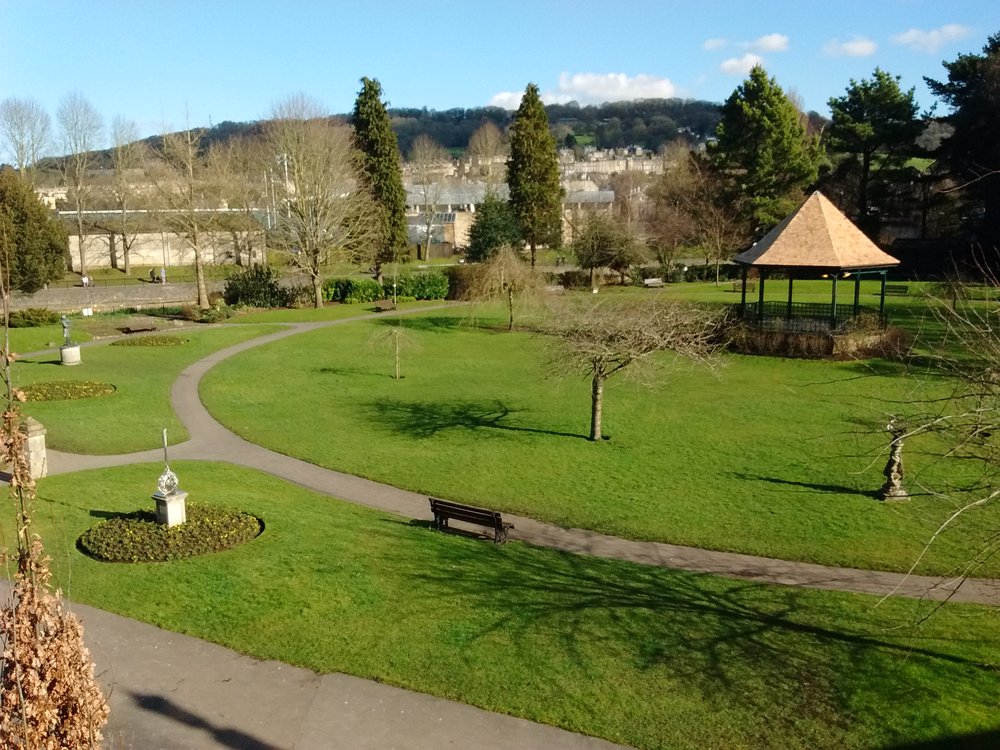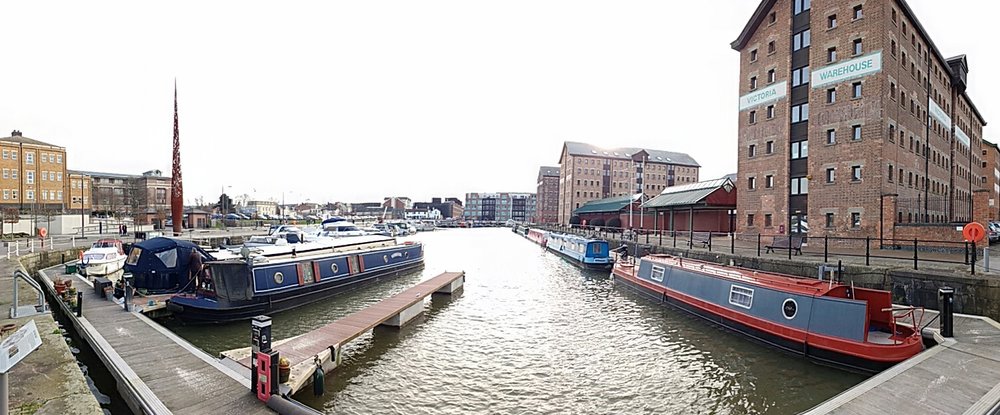Features
Handling
Performance
Verdict
Specification
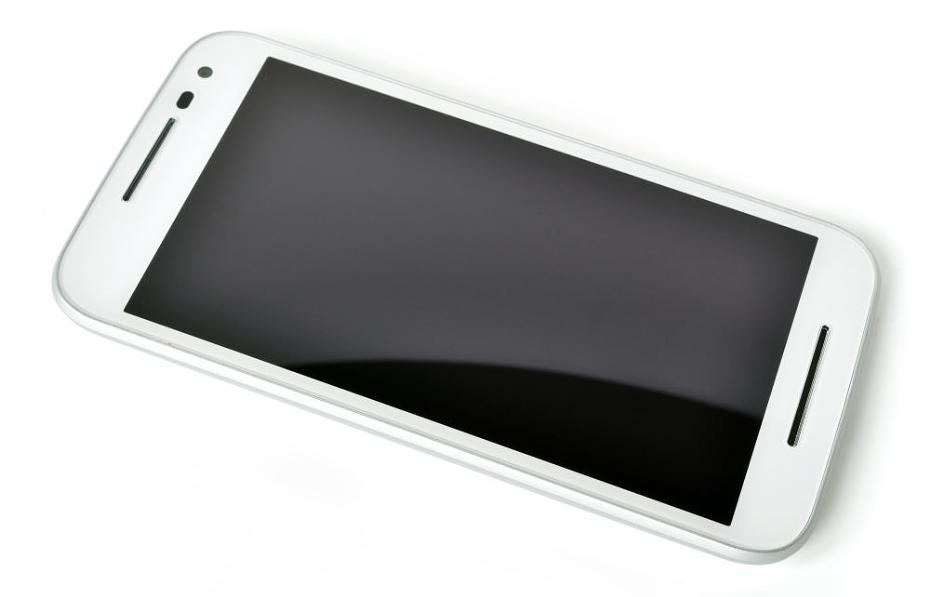
The original Moto G redefined what you could expect from a budget smartphone, and now Motorola has released this third generation model which boasts improved camera quality along with the addition of IPX7 water resistance. The Moto G 3rd Gen comes in two performance variants: one with 8GB of internal storage and 1GB of RAM, priced at £149.99, or there’s a 16GB/2GB version which will set you back £179.99.
Moto G (3rd Gen) Features
This third generation of the Moto G features a 1.4GHz quad-core processor and 1GB of RAM as standard, though unlike its predecessor, you can spec the phone with 2GB of RAM to improve performance with more demanding apps and games.
IPX7-certified water resistance means the phone will be fine if you accidentally knock it into the sink or use it in the rain. The new Moto G also gets a new 13MP main camera paired with a larger aperture f/2.0 lens for better performance in low light. The front-facing selfie camera is a new 5MP f/2.2 device.
Motorola hasn’t forgotten about battery life, either. Where the previous two Moto G phones used a 2070mAh Li-ion cell, the new G gets a higher capacity 2470mAh power pack which Motorola is claiming will give a full 24 hours of mixed usage.
Key Features
- 13MP 1/3-inch back-illuminated image sensor
- Fixed 28mm-equivalent lens, f/2.0, 4x digital zoom
- 5.0-inch IPS LCD screen, HD 720 x 1280, 294 ppi
- GPS / Wi-Fi
- Full HD (1920 x 1080) video recording
- HDR / panoramic shooting / 5MP front-facing camera
- MicroSD slot, up to 32GB expandability
- IPX7-rated water resistance
- Customisable rear panel colour schemes
- Black or white chassis colour options
Moto G (3rd Gen) Handling
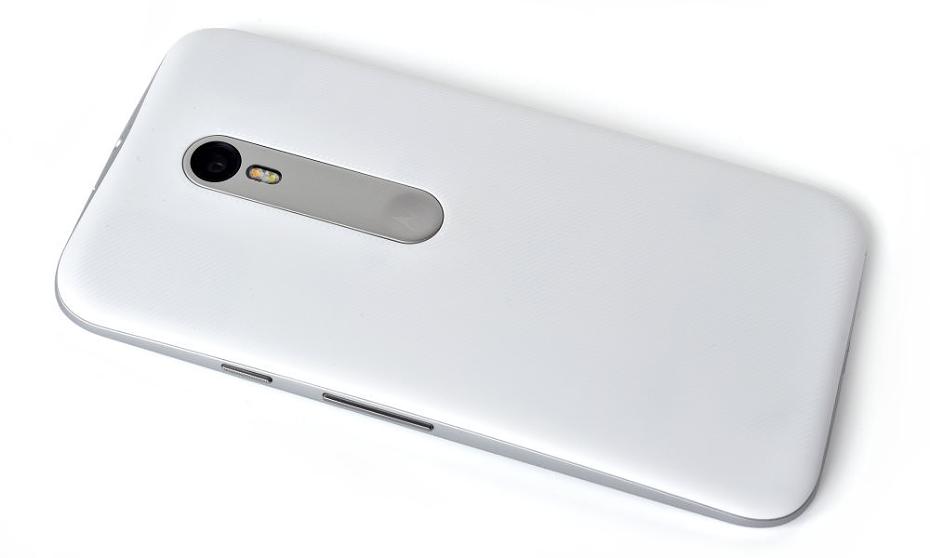
At 142.1 x 72.4 x 11.6mm, the new Moto G is slightly larger in all dimensions than the previous generation, though it doesn’t really feel it, thanks to the curved back and tapered edges. The relative chunkiness also makes the new Moto G feel more secure in the hand than a top-tier, super-slim smartphone, while the well-rounded corners also help the G slip easily into a tight pocket.
A removable plastic rear panel conceals the phone’s sim and Micro SD slots, with the latter able to provide up to 32GB of additional storage. The rear panel can be specced in 10 different colour options and the central accent strip that surrounds the camera lens and flash LEDs is available in an additional 10 hues. Removing and refitting the rear panel is easy, although it doesn’t give you battery access. This is likely due in part to the phone’s IPX7 water resistance, which means you can dunk it to a depth of 1 metre for 30 minutes without issue. The Moto G even manages this without resorting to annoying flaps over the USB port and headphone socket.
One area where budget smartphones used to fall far behind flagship models was screen quality, but the Moto G’s display defies its price tag. The 5.0-inch IPS LCD panel has flawless viewing angles and is bright enough to be used comfortably under direct sunlight. Colour vibrancy and contrast aren’t particularly high so photos don’t have quite the same impact as when displayed on a top-end display, but this is only really noticeable when making a side by side comparison. Similarly, the display’s HD 720 x 1280 resolution isn’t all that impressive on paper, however you’ll have to squint very hard to spot individual pixels.

As with its predecessors, the third-generation G doesn’t have any physical buttons on the front panel, instead relying on on-screen icons to perform back, home and task management commands. The camera app can be opened by dragging its icon from the bottom right corner of the lock screen across to the left, or by twisting the phone face up to face down twice from the lock or home screens. This is an innovative trick that works well, especially if you’ve got another app open and don’t want to waste time going back to the home screen in order to select the camera icon.
Our test phone was the cheaper 8GB model with 1GB of RAM. This amount of RAM is on the low side for today’s resource-hungry apps and could bottleneck the phone’s fairly powerful processor. However, we didn’t have any speed-related issues when operating the camera app, with images were captured quickly and with no lag or glitches.
The camera app itself is much simpler than you get with a high-end Sony or Samsung phone, with no option to adjust settings like ISO sensitivity or white balance. Instead, there’s just a single combined settings and shooting mode control wheel that’s revealed by swiping inward from the left of the screen.
Unusually you won’t find a traditional shutter release icon, as tapping anywhere on the screen will capture an image, which can be irritating if you’re used to tapping the screen to select a focus point. It also means you’ve got no way of knowing whether the camera has successfully focussed, unless you press and hold the screen, which can be particularly problematic when shooting close-up subjects at the limit of the camera’s close focusing ability.
Moto G (3rd Gen) Performance
The performance section is where we look at the image quality performance of the camera. Additional sample photos and product shots are available in the Equipment Database, where you can add your own review, photos and product ratings.
Motorola Moto G (3rd Generation) XT1541 Sample Photos
Images from the Moto G immediately impress thanks to vibrant colours and accurate exposure metering combined with the sensor’s ability to produce decent dynamic range. This is further enhanced by the powerful auto HDR mode, which reigns in highlights more than some competing implementations, though this can make some images look borderline unnatural.
View images at 100% image size and, despite ‘only’ offering 13 megapixels, the camera manages to resolve plenty of detail and doesn’t fall foul of excessive smoothing through noise suppression.
The camera is less impressive in low light, however. Even at ISO 200, grain is clearly visible in indoor images, but thankfully Motorola hasn’t tried to smooth this away, so detail is still fairly well retained and images look reasonably natural as a result. Switching to the dedicated Night mode does reduce noise levels, but at the cost of image size, which is reduced to just 1.55MP.
Motorola Moto G (3rd Generation) XT1541 Lens test images
The front-facing selfie camera generates good enough image quality for social media sharing or 6x4 prints, but when viewed any larger, the lack of fine detail is clear to see.
The fixed focal length, 28mm-equivalent lens produces distortion-free images, while corner sharpness is almost a match for the centre of frame. However there’s no way of knowing whether the camera has accurately focussed for a close-up shot, so judging the minimum focus distance can be tricky. We found it to be approximately 10cm.
Panoramas are captured at just 624 vertical pixels, which is less than a typical compact camera with a sweep panorama mode and inexcusable for a smartphone with this much processing power. At least the Moto G’s panoramas are sharp and well stitched, but panoramas are nevertheless disappointing.
Video - Videos recorded at the maximum Ultra HD 1920 x 1080 quality consume around 130MB per minute. Video quality is detailed, vibrant and well exposed.
Value For Money
The Motorola Moto G can be had for £139 with 8GB internal storage and 1GB Ram, while a 16GB / 2GB version costs £169. Similar smartphones with a priority on value and a price tag of £200 or less include the Samsung Galaxy A3, though it’s 8MP camera and lower resolution 4.5-inch screen means it lags behind the Moto G. HTC’s Desire 626 matches the Moto G’s camera and screen resolution, but it packs 16GB of storage as standard. It’ll set you back just shy of £200 if you shop around. Finally, don’t ignore newcomers like the OnePlus X which sports a 5.1-inch Full HD screen and 13MP camera, while the even less familiar Wileyfox Storm gives you a 20MP camera and a 5.5-inch Full HD display, still for under £200.
Have a look at more smartphones in our Top 10 Best Smartphone Cameras. You can also buy a MicroSD memory card and a case or bag to keep your smartphone safe and protected - have a look at our complete guide to bags.
Moto G (3rd Gen) Verdict
Even without making allowances for its price, the new Moto G is a very well specced and high performing smartphone that also packs a decent camera. It can’t quite resolve the same amount of detail as the 21MP device fitted to the Moto X Play and X Style, but the Moto G comes surprisingly close to matching these and even pricier smartphones when it comes to daytime image quality. Low light performance is less accomplished, but the Moto G’s results are still acceptable.
The only significant drawbacks with the new Moto G are its lack of NFC and a restrictive camera app, although these are fairly excusable limitations given the Moto G’s price. We’d also recommend forking out for the 16GB storage / 2GB RAM version in order to future-proof performance, though this does bring the cost to within £100 of the Moto X Play and its superior camera and screen.
It’s a very close call, but we’d recommend the Moto X Play as the best value option in the new Moto range for photographers, but if your budget can’t stretch to that, the third generation Moto G offers a heck of a lot for the money.
The Moto G 3rd Generation is a high performing smartphone with a decent camera and offers excellent value for money.




